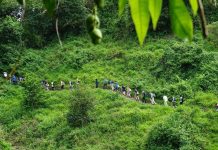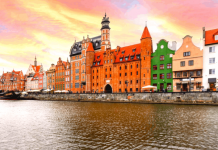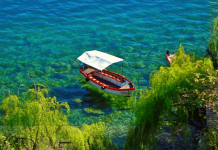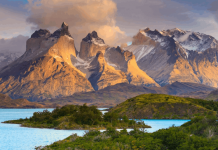National parks with lovely landscapes, colourful lakes, and magnificent waterfalls are always a must-visit. In nations like Japan, Vietnam, Indonesia, and Thailand, Asia is home to several such parks.
A national park is a conservation park in use. It is often a reserve of natural, semi-natural, or developed property declared or owned by a sovereign state. Although different countries designate their own national parks, there is a prevalent concept: to preserve’ wild nature’ for posterity and as a sign of national pride.
Here are a few national parks you need to visit in Asia.
Bromo Tengger Semeru National Park- Indonesia
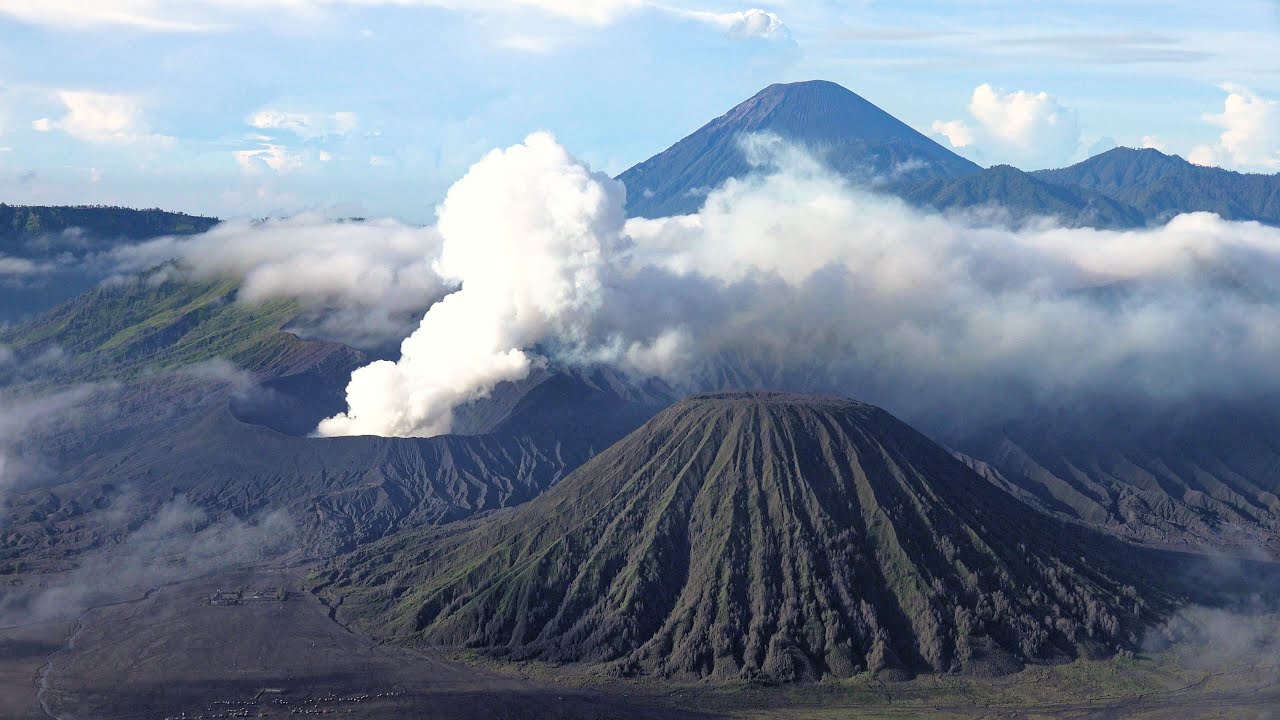
It is a must-visit destination for tourists interested in volcanoes, covering an area of 308.8 square miles (800 square km). It is home to an active volcano, Mt. Semeru, which rises above sea level by 2,284 miles (3,676 metres). Visitors can walk, rent a jeep, or even hire a horse.
Locally known as Taman Nasional Bromo Tengger Semeru (TNBTS), it is the only conservation area in Indonesia that has a sand sea.
Bokor National Park- Cambodia
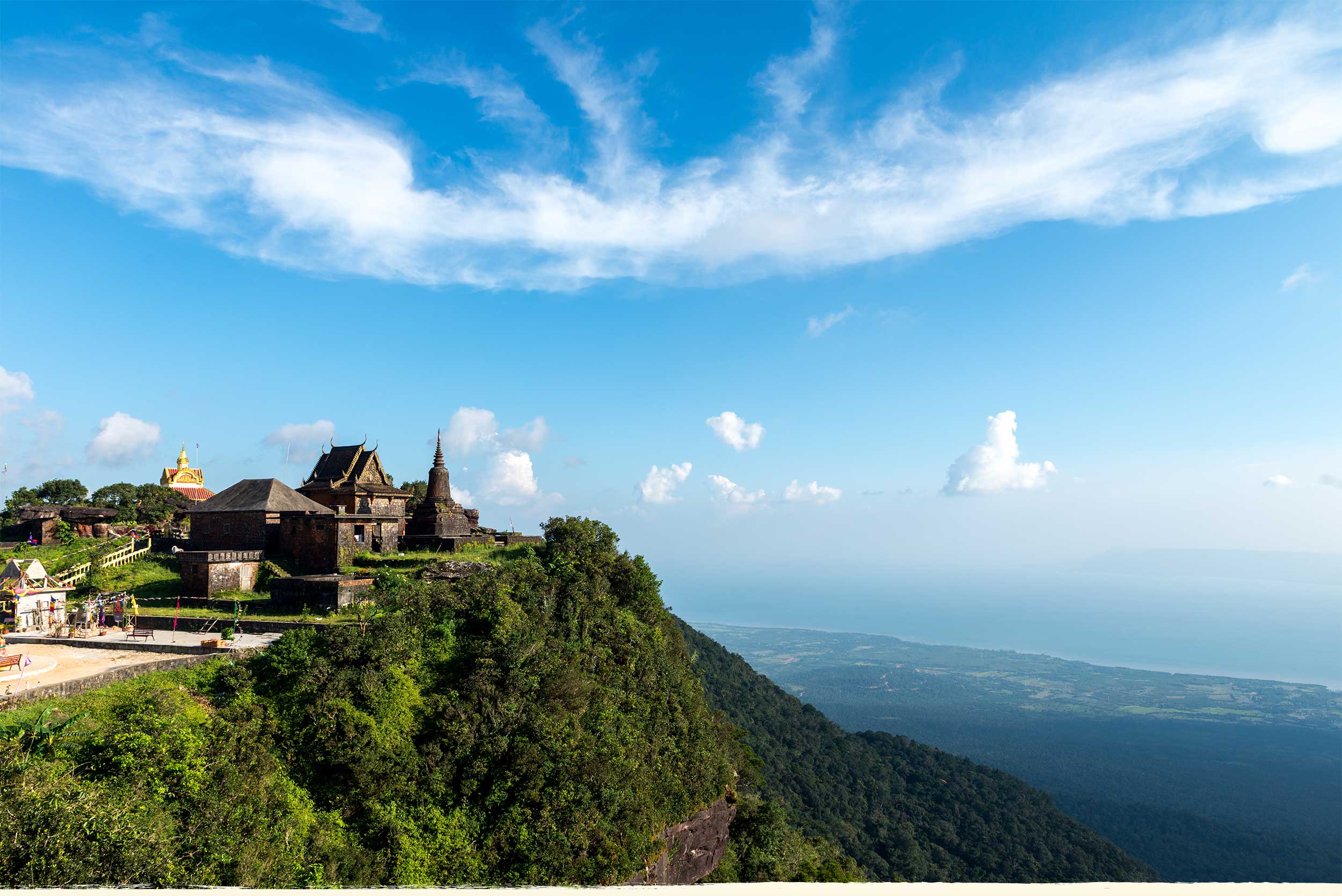
Bokor National Park is a national park developed in 1993 in southern Cambodia’s Kampot Province, covering 1,423.17 km2 (549.49 sq mi).
It is designated as an ASEAN Heritage Park. It is situated in the Dâmrei Mountains, forming the Cardamom Mountains’ southeastern sections. Most of the park is about 1,000 meters above sea level, and the lowest point is 1,081 meters above sea level in Phnom Bokor, also known as Bokor Mountain.
Besides the charming Red Slender Loris, you can also see civet and fishing cats. In the park, aquatic birdlife is abundant, and reptiles include lizards, snakes, tortoises, and crocodiles.
Cat Ba National Park- Vietnam
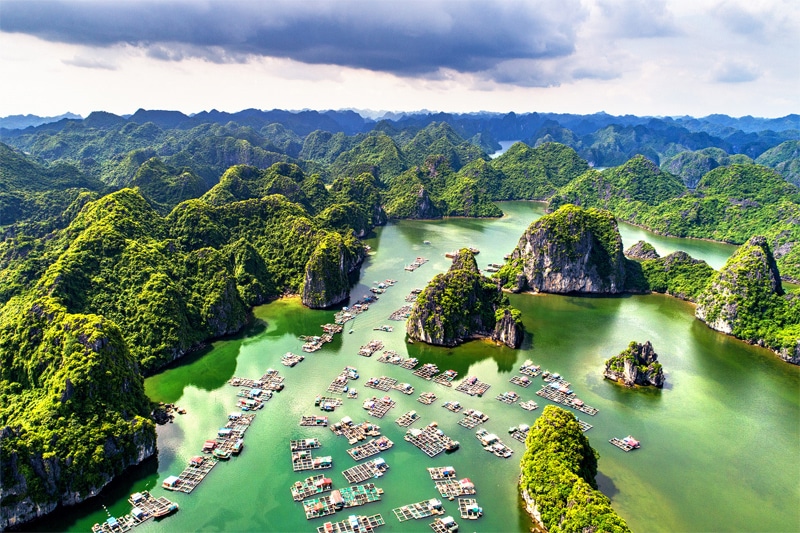
A cruise from Halong Bay brings you back amazing islands of calcareous karst. Cat Ba, half of which is made up of Cat Ba National Park, is one of these spectacular peaks rising from the bay. This central tropical rainforest is home to a variety of livestock, birds, and reptiles, and Vietnam is peculiar to much of the flora.
Since the mid-1990s, the park has been a famous tourist destination with visitors from China and Vietnam. The visitors developed a demand for traditional medicine and growth, and logging led to the near extinction of the white-headed langur with numbers dropping in 2003 from 2,600 to only 40.
Jiuzhaigou National Park- China

Jiuzhaigou National Park’s most striking characteristic must be its crystal-clear turquoise lakes. This alpine region is one of the most beautiful in China, nestled among evergreen trees and snow-capped mountain peaks.
Jiuzhaigou, a long valley that runs north to south, was registered as a World Heritage Site by UNESCO in 1992 and a World Biosphere Reserve in 1997.
The Jiuzhaigou Valley, on the edge of the Tibetan Plateau, is part of the Min Mountains and extends over 72,000 hectares (180,000 acres). It is renowned for its many waterfalls, colourful lakes, and peaks covered with snow. Its height varies between 2,000 and 4,500 meters (6,600 to 14,800 ft).
Kinabalu National Park- Malaysia
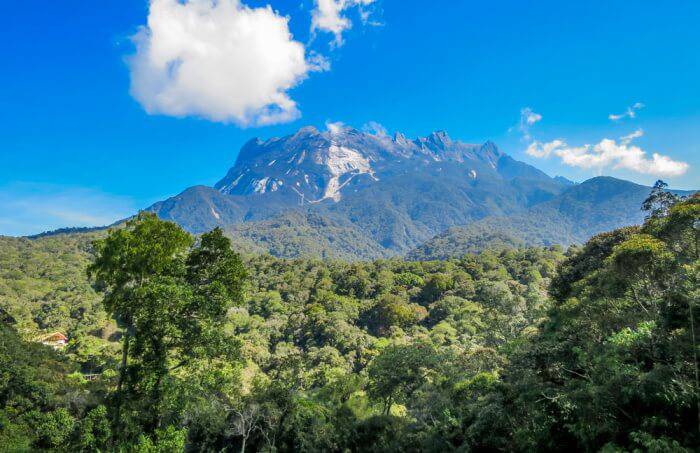
Mount Kinabalu is located in the Malaysian State of Sabah. The park was designated a UNESCO World Heritage Site in 2000 and is home to almost 5,000 species of plants. Some adventurous activities such as rock climbing and paragliding can be enjoyed by tourists here.
Mount Kinabalu’s role as one of the most important biological sites in the world is essential to 4,500 species of flora and fauna, including 326 birds and around 100 mammal species, and over 110 land snail species.
Conclusion
The national parks in Asia play an essential role as reminders that we need to take good care of our environment. Complete your Asian trip by visiting these national parks!







